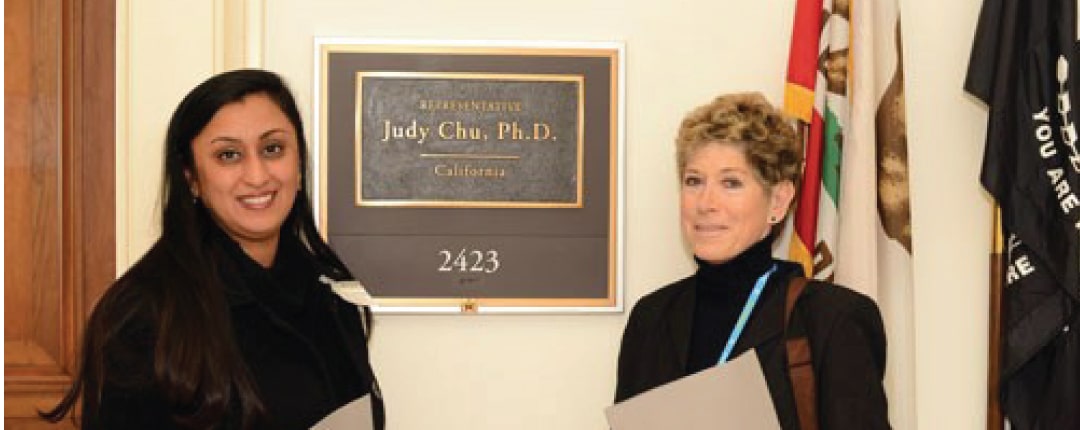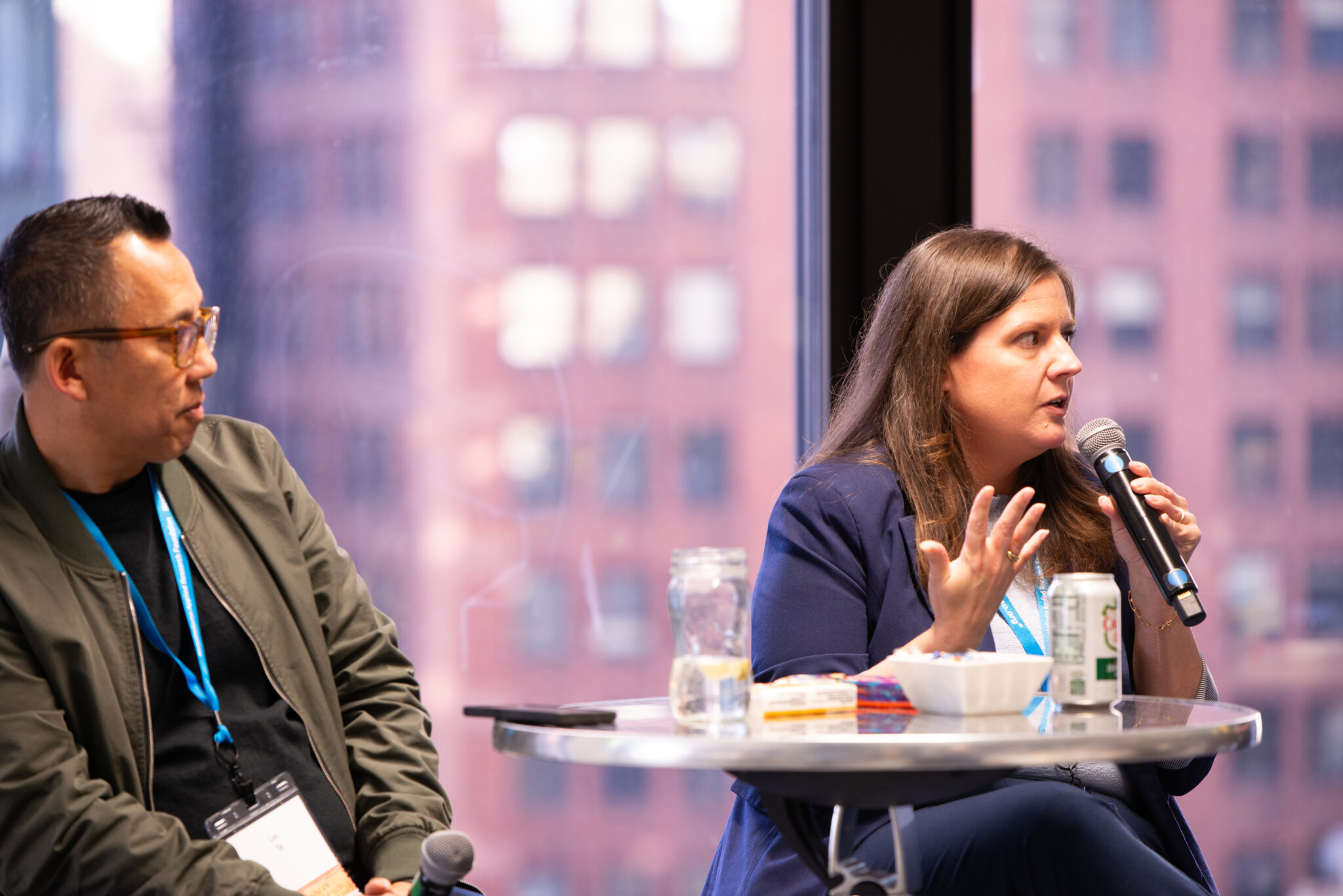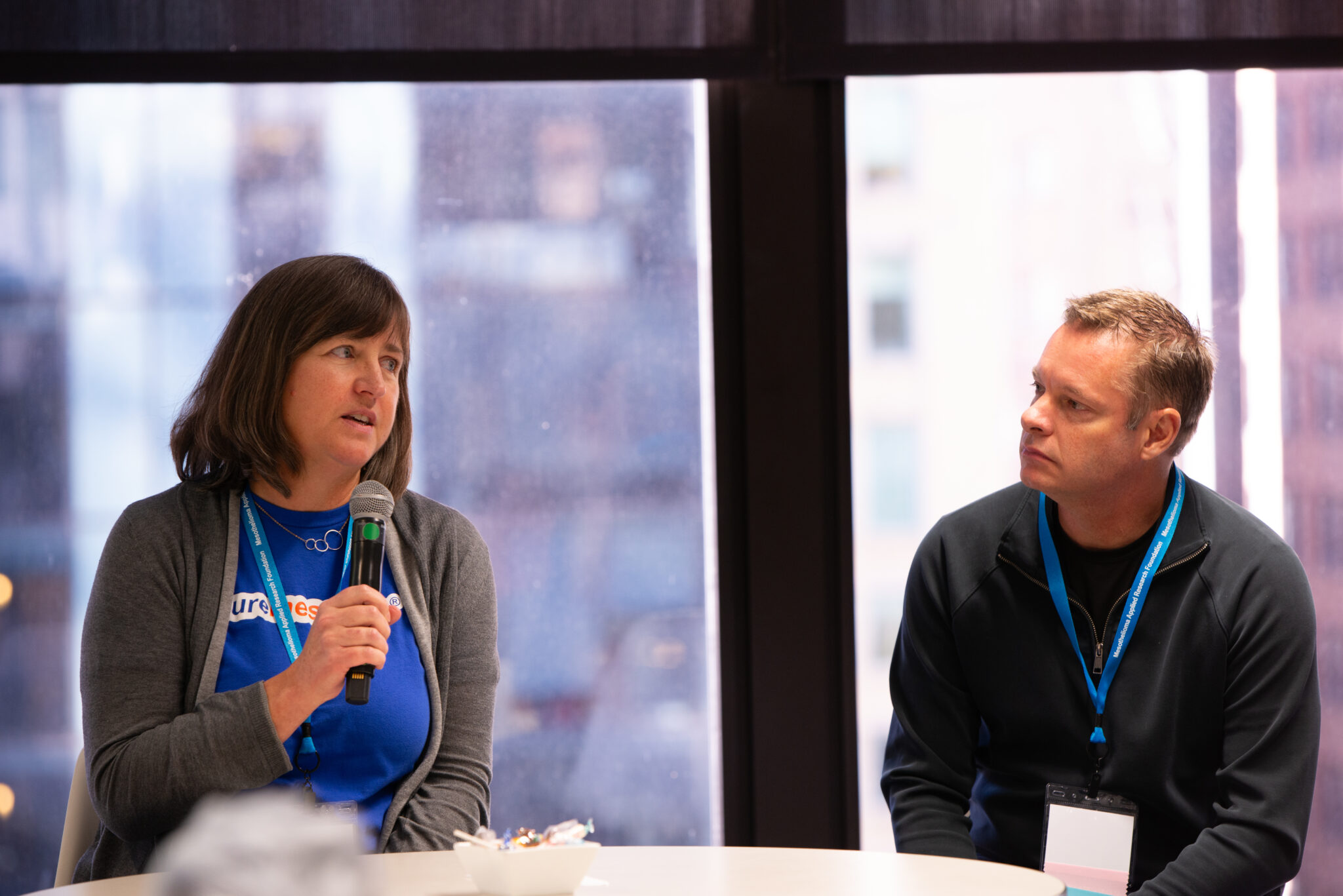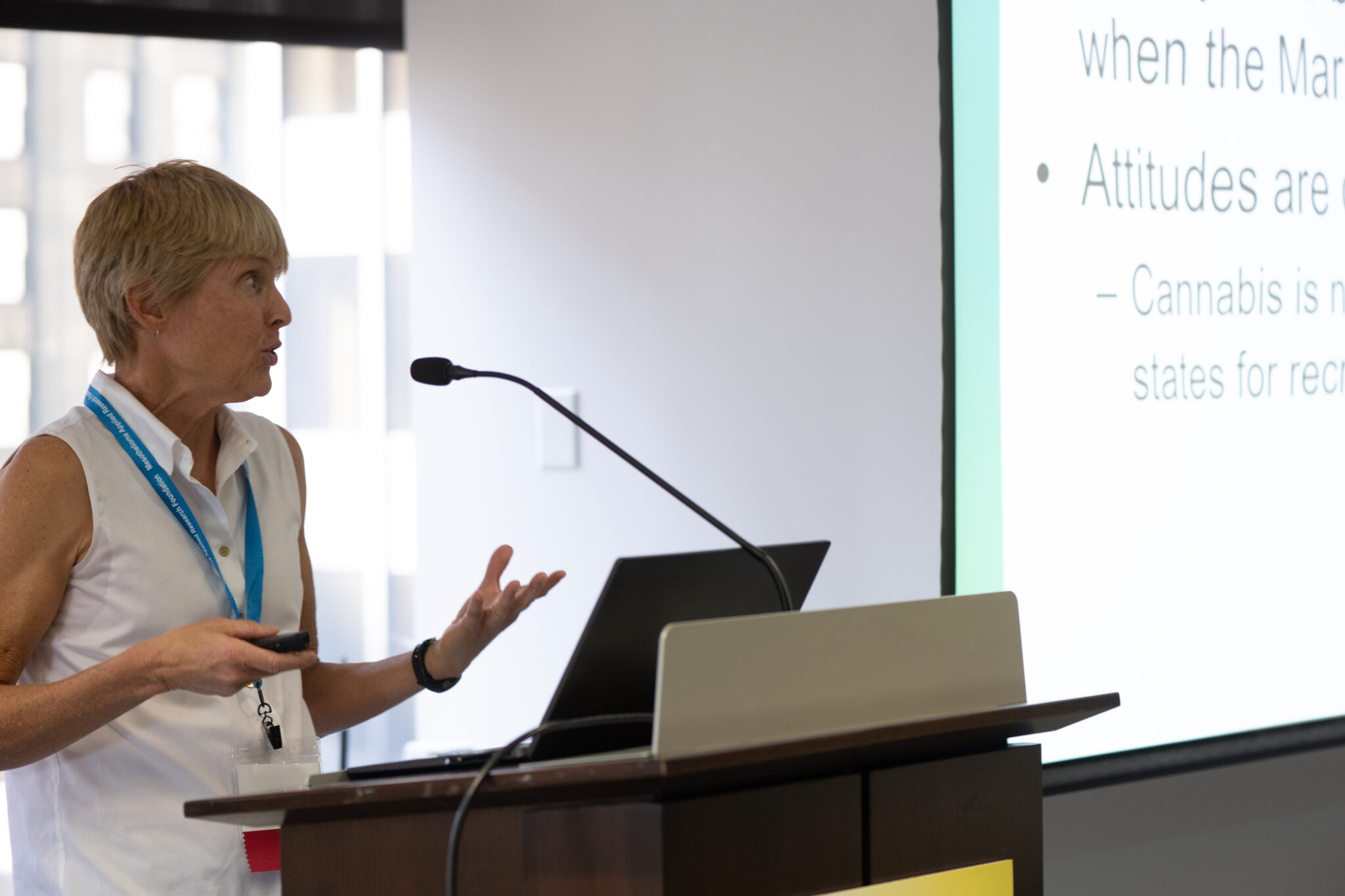While I was at my general practitioner’s office with an earache in early 1999, Dr. Lai, who trained in Taiwan as a gynecologist, examined me thoroughly; asked me many lifestyle questions, especially about diet, exercise, and environment; then prescribed antibiotics, decongestants, and asked if there was anything else. I needed a pelvic exam, which he did right then. He poked, prodded, grunted and groaned, and then said, “Something is very unusual, and these hands don’t lie!” He started writing orders for a pelvic ultrasound and various blood tests, including a CA-125.
The ultrasonographer looked at me as if I were crazy and said the doctor must have mistaken some bowel matter for a mass and sent me home with a negative report. Dr. Lai did not believe it. The CA-125 results came back at 42—high normal, but normal as such. Dr. Lai decided to follow me every three months with a CA-125 and other imaging. The result of the subsequent CA-125 was 55. Dr. Lai sent me for a CT-scan, which came back normal. He examined me again and said, “I know something is wrong. We are not going to stop until we figure this out.” Every few months, my CA-125 went up steadily and every type of imaging showed nothing wrong, just ovarian cysts that changed sides depending on the month of the exam.
Finally, when my CA-125 was over 100, Dr. Lai suggested I contact a friend and former colleague, Dr. David Alberts, head of the Arizona Cancer Center and get his opinion. Dr. Alberts was alarmed about the CA-125 and sent me to a renowned gynecological oncologist at USC Norris Cancer Center, near where I lived. After considerable imaging, which showed nothing unusual, the verdict was that all measures have variability and unreliability, but nothing seemed untoward at the time. The prescription was to continue with regular follow-ups and wait and see.
In January 2001, my CA-125 was in the mid 100s, and for the first time ever, my CT scan showed a bit of ascites in addition to a small cyst on my right ovary, but nothing else. I was scheduled for an exploratory laparoscopy. I was assured that it all seemed pretty benign, as I was physically healthy. I had just spent the previous two weeks skiing with my 17-year old. I couldn’t have done that if I were ill. There were no symptoms, no pain, no weight loss, no change in bowel habits, no night sweats, nothing. The surgeon said that there was probably just a bit of infection on the cyst. I was told that if there was something else, I would be cut through the midline and would be given a complete hysterectomy, oophorectomy, and whatever else was necessary. I signed the requisite release forms.
I woke up many hours later in the recovery room. I only felt a twinge of pain on my right side—no apparent midline incision. I asked the recovery room nurse what the outcome was. She told me the surgeon would be in soon to give me the report. I said that it felt like I had only my right ovary removed and she confirmed that. I said to myself, “YES!” and felt a smile come over my entire body. I had secretly been in great fear as my family was riddled with cancer, but primarily colon and breast cancer. Maybe Dr. Lai was overreacting.
Or maybe not—the doors of the recovery room burst open. My son, who had been waiting impatiently came rushing towards me. His face said it all. I looked at him and said, “I have cancer, don’t I?” He burst into tears, hugging me like I had never been hugged before. Nurses came flying in after him, trying to get him out of the area, to no avail. The surgeon and my husband arrived. I had never seen three men look so grim. My morphine-clouded brain worked hard to comprehend was I was being told. Even with the hallucinogenic effects of the morphine, I could comprehend that it wasn’t just an infected cyst.
I had stage 3B metastatic cancer. It was all over my abdomen and pelvis, from the hemidiaphragm on and around all of my organs. The cancer seedlings were so small and diffuse they did not show up on imaging. I was going to have 6 rounds of chemotherapy, both intravenous (Taxol) and intraperitoneal (Carboplatin). Then, I would have surgery to remove what was left and continue with chemotherapy. The prognosis was poor, but I was strong, young, and had a strong will to live.
A few weeks later, the pathology report arrived and stated that I had malignant peritoneal mesothelioma, the diffuse epitheloid type, which was confirmed by the North American Mesothelioma Panel. “What was that?” Mesothelioma was not a late night TV advertising buzzword for law firms then.
What to do? Fight of course, but how? I called Dr. Alberts and he, Dr. Morrow, and I planned an attack. Dr. Alberts had my tumor tissue analyzed. In the meantime, Gemcitibine was added to my intravenous chemotherapy. The side effects were tough and the post treatment potential harms to my body are yet to be definitively determined.
After six cycles, I had my major surgery, removing organs, the peritoneum, resecting bowel, and using lasers to ablate what was left. We then learned from the tumor tissue analysis, the beginnings of Personalized Medicine that I had three proteins growing out of control, and fortunately, there was a drug that had been developed for leukemia that would probably stop the growth of one of them. This type of molecularly targeted treatment was likely to be considerably less toxic short- and possibly long-term.
I started Gleevec, a daily pill, along with post-surgical intraperitoneal Taxol infusions every two weeks for more than a year. I have been taking Gleevec daily for nearly 12 years now and am alive to tell my story. There are side effects, but not as debilitating as those from intravenous and intraperitoneal chemotherapy. I am fatigued, my white and red blood counts are affected, I suffer from periorbital edema, night sweats extraordinaire, and now have a cough and chest fluttering, that are new symptoms, which can be adverse effects from the medicine. Any new symptom scares the heck out of me as the first conclusion I jump to is that the cancer is spreading and I am a goner. As a long-time cancer patient, it is hard to reassure oneself constantly that every bump, lump, cough, pain, etc., is not the cancer coming back to win the war.
Had Dr. Lai not been so convinced of his clinical exam findings and been so tenacious about following up with me, I would not be here today to tell this story. I also would not be here had I not had the best gynecologic oncology surgeon on earth and a colleague in Arizona who was the tops in gynecologic pharmacology. Luckily for me, Dr. Yin Lai’s magic hands, his acute diagnostic tool, were there for me. Being diagnosed so early in the progression of the disease has led to excellent outcomes.
Moral of the story: Doctors, believe in and follow your clinical judgments. Patients, Be aggressive in following up on your doctors’ insights and take charge of your body.





